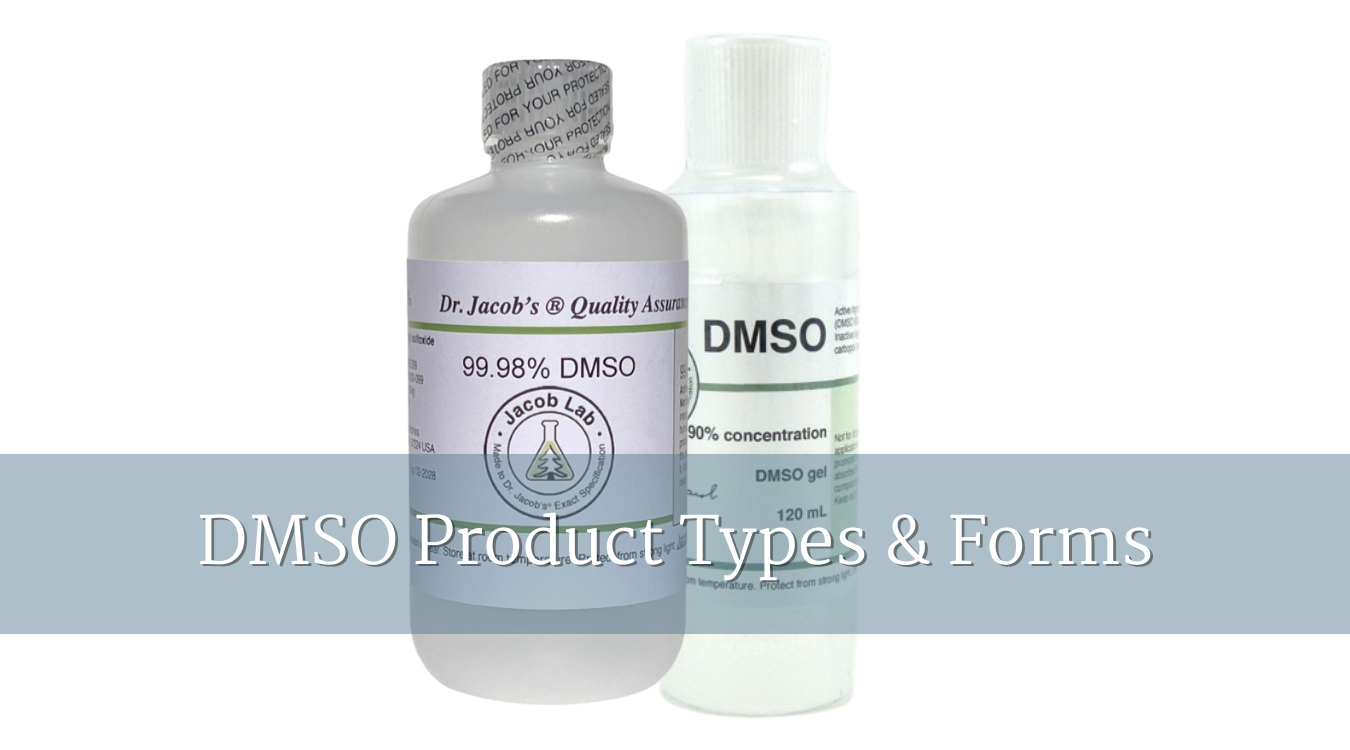
Introduction – Why Safety Matters with DMSO
DMSO (Dimethyl Sulfoxide) is one of the most unique compounds in use today. Known for its powerful penetration through the skin and into cells, it has drawn interest for decades — from laboratory researchers to everyday users.
But with its unique properties comes a responsibility: to understand exactly how to use it safely and avoid unnecessary risks. Misuse or poor-quality products can lead to problems that are entirely preventable.
This guide will walk you through the potential side effects, risk factors, and best practices for using DMSO safely — with clear explanations and practical tips.
What Makes DMSO Different from Other Products
DMSO’s ability to pass through skin and carry other substances with it is what makes it so interesting… and also what makes safety such a priority.
Unlike most creams or lotions, anything dissolved in DMSO can be absorbed directly into your bloodstream. That means:
- Purity is critical.
- Application technique matters.
- You must avoid contact with unclean surfaces during application.
For more on product types and choosing quality, see: DMSO Product Types & Forms
Common Side Effects of DMSO
Most side effects of DMSO are mild and temporary, especially when used correctly. The most common include:
- Skin irritation – redness, itching, or burning at the application site.
- Garlic-like taste or odour – a harmless but noticeable side effect caused by the compound’s breakdown in the body.
- Dryness or flakiness – especially with repeated topical use.
- Mild headache or dizziness – in rare cases, usually linked to high concentrations or large application areas.
Less Common and Rare Side Effects
- While rare, some users may experience:
- Allergic reaction – rash, swelling, or itching beyond the application site.
- Digestive upset – if ingested (always under guidance if used orally).
- Eye irritation – if vapour or liquid comes into contact with the eyes.
If any unusual or severe reactions occur, stop use immediately and seek medical advice.
Who Should Avoid Using DMSO
Certain groups should avoid DMSO unless under medical supervision:
- Pregnant or breastfeeding women.
- People with severe liver or kidney conditions.
- Those taking multiple medications (due to DMSO’s ability to alter drug absorption).
- Anyone with known allergies to sulfur compounds.
How to Minimise Risks and Side Effects
1. Choose High-Purity DMSO
Only use pharmaceutical-grade or lab-tested DMSO. Industrial-grade products may contain harmful impurities.
See: Where to Buy DMSO in the UK
2. Apply to Clean, Dry Skin
Wash and dry the area thoroughly before application. Avoid using lotions, oils, or other substances beforehand, as DMSO may carry them into the body.
3. Start with a Small Patch Test
Apply a small amount to a test area and monitor for 24 hours before wider use.
4. Use the Correct Concentration
DMSO can be diluted for sensitive skin. High concentrations are not always necessary and may increase irritation.
5. Avoid Contamination During Application
Use clean, disposable applicators or freshly washed hands. Do not let the bottle tip touch your skin or any surface.
Myth vs Fact – Clearing Up DMSO Safety Confusion
Myth: DMSO is dangerous because it’s used industrially.
Fact: Many substances have industrial and medical uses. The key difference is purity — pharmaceutical-grade DMSO is rigorously tested for safety.
Myth: If it’s natural, it must be safe.
Fact: DMSO is naturally derived, but its strong absorption properties mean careless use can carry risks.
Myth: More DMSO equals better results.
Fact: Higher concentrations can increase irritation without improving benefits. Use the lowest effective concentration.
Myth: You can apply DMSO over any product.
Fact: DMSO may carry other substances into your bloodstream. Only use it on clean skin with approved ingredients.
Long-Term Use – What We Know So Far
Long-term safety studies on DMSO for topical use are limited, but existing research suggests it is generally well-tolerated when used correctly. However:
- Avoid continuous daily application without breaks.
- Monitor skin health over time.
- Store in airtight, light-resistant containers to maintain quality.
When to Seek Medical Advice
Contact a healthcare professional if you:
- Experience severe skin reaction or swelling.
- Notice unusual symptoms after use.
- Are taking prescription medications and want to start DMSO.
FAQ – Quick Answers for Google AI Overview
Q: Is DMSO toxic?
A: Pharmaceutical-grade DMSO is not considered toxic when used correctly, but poor-quality or contaminated products can be unsafe.
Q: Can DMSO carry harmful substances into the body?
A: Yes, which is why purity and clean application are essential.
Q: Is the garlic smell harmful?
A: No, it’s harmless and temporary, caused by DMSO’s breakdown in the body.
Q: Can DMSO be used on broken skin?
A: It is not recommended, as it may increase irritation and risk of contamination.
Q: Does DMSO thin the blood?
A: Some research suggests mild blood-thinning effects; consult your doctor if you take anticoagulants.
Q: Is DMSO for cats and other animals?
A: Yes, in the correct amounts.
Final Thoughts
DMSO is a remarkable compound that works!, but its powerful absorption properties demand careful, informed use. By choosing high-purity products, applying it correctly, and understanding the potential risks, you can benefit from its unique capabilities while minimising side effects.
For safe, lab-tested DMSO in liquid, gel, or cream form, visit our MediMush DMSO shop — your trusted source for high-quality DMSO in the UK. Add: One area where safety questions often arise is the eyes. For detailed guidance, see DMSO and Eye Health: What You Need to Know.




 DMSO Product Types & Forms: Gel, Liquid, Cream & More
DMSO Product Types & Forms: Gel, Liquid, Cream & More
 DMSO for Dogs: Benefits, Risks & Responsible Use
DMSO for Dogs: Benefits, Risks & Responsible Use













